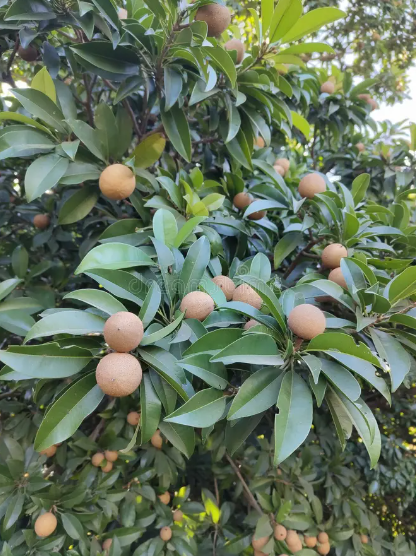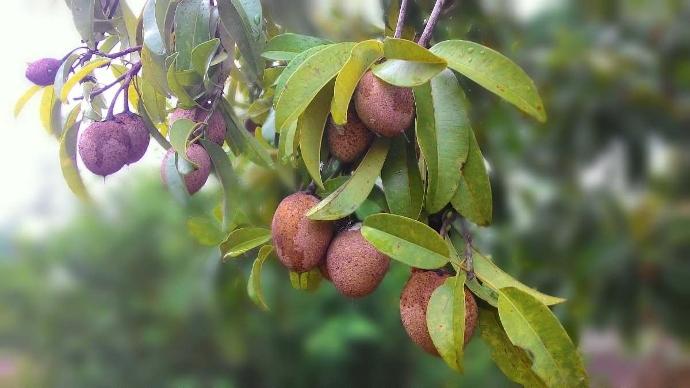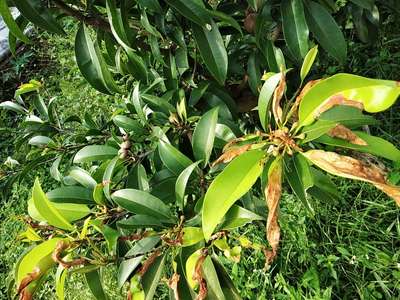Wild Sapodilla Plant
Manilkara zapota, or Wild Sapodilla, is a hardy tree growing 10-15m, prefers loamy, well-drained soil, full sun, and produces edible fruits with medicinal properties.

Habit
Tree
Height
10 to 15 m
Growth
Medium
Soil
Well-drained, Sandy Loam
Shade
Full
Moisture
Moderate
Edible
Yes
Medicinal
Yes
Origin
Central America
Climatic Condition
Tropical, subtropical
Temperature (°)
25°C to 35°C
Humidity (%)
60% to 80%
Potting media
50% Loam, 40% Sand, 10% Organic Matter
Fertilizers
Organic Fertilizer
Watering
Regular watering
Plant Weight
20 to 30 kg
Flowering Time
Spring to Summer
Soil Ph level
6.0 to 7.5
Water Ph level
6.0 to 7.0
Soil EC
0.5 to 1.2 mS/cm
Yield Per Plant
150 to 200 kg per plant
NPK ratio
10:10:10
life Span
30 to 50 years
Health Benefits
Nutrient-dense, Medicinal
Suggested Grow Media or Potting Mix ?
50% loam, 25% compost, 25% sand
Suggested Fertigation/Fertilizers
Fertilize every 2-3 months with balanced fertilizer.
Common Diseases and Remedies
Powdery Mildew, Aphids, Downy Mildew, Leaf Spot, Root Rot
White powdery patches on leaves, Curling, yellowing leaves, Yellow spots on leaves, grayish mold underneath, Brown or black spots on leaves, Yellowing, wilting
Apply sulfur-based sprays, Insecticidal soap, neem oil, Neem oil, improve air circulation, Prune affected areas, neem oil ,Improve soil drainage, avoid overwatering
Fungicides containing sulfur, Imidacloprid-based insecticides ,Fungicides with copper, Copper-based fungicides, Fungicides with metalaxyl
HEALTH BENEFITS
· Packed with dietary fiber, aiding digestion and preventing constipation
· Rich in vitamin C, boosting immunity
· Contains tannins, which have anti-inflammatory and antimicrobial properties
· Provides natural sugars, offering an energy boost
· Supports bone health with calcium and phosphorus

